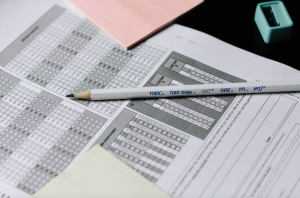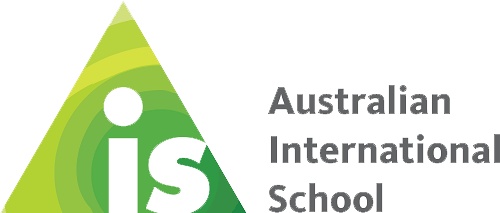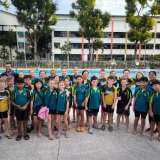Elementary school curriculum: What to expect
Are you looking to enrol your child in an elementary school in Singapore?
With the different options around, you might not be sure which is the best choice for your little one. However, it is important to choose wisely as it is an important first step.
There are various schools that follow a specific country’s curriculum, be it American, Australian or UK. Today, we take a closer look at the Australian elementary school curriculum so that you have a better idea about it before making a decision.
Australian elementary school curriculum – 4 things you must know
1. Structure & format
The Australian Curriculum is renowned for its holistic approach, aiming to develop students’ knowledge, understanding, and skills in various domains.
Students mostly start formal education when they are 5 years old and enter kindergarten. This is the entry point for 13 years of schooling leading up to the awarding of a Higher School Certificate (HSC) when they turn 18 and reach the end of Year 12.
This qualification can later be used for entry into institutions all over the world.
The curriculum is divided into eight Key Learning Areas (KLA) which include English, Mathematics, Science, Health and Physical Education, Humanities and Social Sciences, The Arts, Technologies and Languages. Some subjects have the last four KLAs inserted in them to reflect custom and practice in the discipline.
2. Academic subjects covered
From Kindergarten to Year 5, students will learn thinking, understanding, competence and confidence with numbers, shapes and measurements.
After which, during Years 6 to 8, a strong emphasis is placed on nurturing a caring community that focuses on fully developing each student’s individual potential in a supportive and academically challenging environment.
The curriculum provides challenging standards, skills, creativity and flexibility so that students can be more self-reliant and grow to be responsible citizens in a global society.
Once students reach Years 9 to 12, they will have more freedom to select the subjects they wish to study. These include areas of science, mathematics, business, performing and visual arts, physical education, technology and modern languages.
Universities recommend the HSC curriculum as it ensures that students demonstrate skills and capabilities across minimally five subjects and most commonly six subjects, leading up to their first tertiary placement.

3. The International Baccalaureate Primary Years Program (IB PYP)
Many Australian elementary schools also adopt the International Baccalaureate Primary Years Program (IB PYP), an internationally recognised framework that aligns seamlessly with the Australian Curriculum.
The IB PYP is designed for students aged 3 to 12, and is based on the following transdisciplinary themes: ‘who we are’, ‘how the world works’ and ‘where we are in place and time’. It is highly customisable to various contexts and helps to encourage inquiry-based learning.
The approaches to learning, research, social, self-management, thinking and communication skills are explicitly taught and nurtured. The IB PYP nurtures attributes such as curiosity, resilience, and open-mindedness, preparing students to navigate an increasingly interconnected world.
4. Grading system & graduation requirements
Throughout the school period, assessments are continuous and include mid-year as well as year-end formal exams. There are also school reports issued at the end of every term.
Term 1 and 3 reports offer a brief overview of the student’s progress while Term 2 and 4 reports provide more in-depth and detailed information on the student’s progress, achievements and areas of improvement.
Towards the last years of schooling, assessment is divided into two components: 50% of the overall grade comes from a final exam set and marked in Australia while the other 50% comes from school-based assignments, exams and projects.
Students are assessed in other ways than solely by external exams.
As a parent navigating the Australian Elementary School Curriculum, it’s essential to actively engage with your child’s education.
Attend parent-teacher conferences, participate in school activities, and encourage a love for learning at home. The curriculum is designed not only to impart knowledge but also to instil a passion for exploration and discovery!

Give your child a head start in elementary school
Now that you have a better idea about what the Australian elementary school curriculum is like, are you thinking of enrolling your child in a school that follows it?
At AIS, we can help your child get the best start ahead with our Elementary school curriculum advantage.
Get started by booking a tour today!






